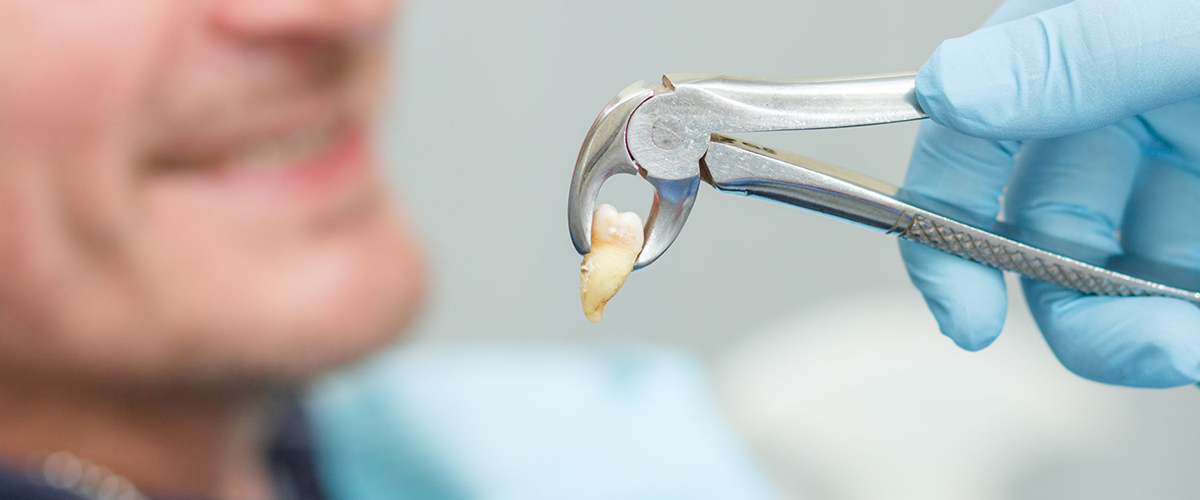What is a tooth extraction?
A dental procedure called a tooth extraction is entirely removing your tooth from its socket. Tooth extraction is a short outpatient surgery carried done by a dentist or oral surgeon under local, general, intravenous, or a combination of anesthesia.
An easy extraction is the removal of teeth that are visible. Broken, subsurface, or impacted teeth call for more extensive surgery.
- Simple Extraction: A local anesthetic will be administered to you, numbing the region surrounding your teeth so that the process will only cause you to feel pressure rather than pain. Your dentist will gently loosen your tooth and delicately take it out of its socket using special dental tools.
- Surgical Extraction: Most likely, you'll receive both intravenous and local anesthetic, the latter of which calms and relaxes you. A tiny incision will be made into your gum by a regular dentist or oral surgeon. Before they can extract your tooth, they might need to cut it, remove the bone around it, or both.
How is it done?
Tooth extraction can be done in two different ways:
- After the operation, place an ice pack on your cheek to minimize swelling. Each time, apply the ice pack for 10 minutes.
- Bite down to stop bleeding and promote clot formation when the dentist applies the gauze pad to the afflicted region. Keep the gauze in place for three to four hours or until the blood has completely saturated the pad.
- All drugs, including over-the-counter pain relievers, should be used as directed.
- For the first 24 hours, take it easy and rest. The next day don't start your regimen right away.
- For the first twenty-four hours, don't use a straw.
- Avoid smoking.
- After the tooth extraction, do not rinse for 24 hours, and only softly spit.
- When you are lying down, keep your head high on pillows.
- As usual, floss between your teeth, but avoid the extraction site.
- Eat soft meals the day following the surgery, such as yogurt, pudding, and applesauce.
- Use eight ounces of warm water with a half-teaspoon of salt added to rinse your mouth after 24 hours.
- You can gradually reintroduce additional foods into your diet as you recover over the following few days.
Recovery
For a smooth and painless recovery after a tooth extraction, follow these steps:
